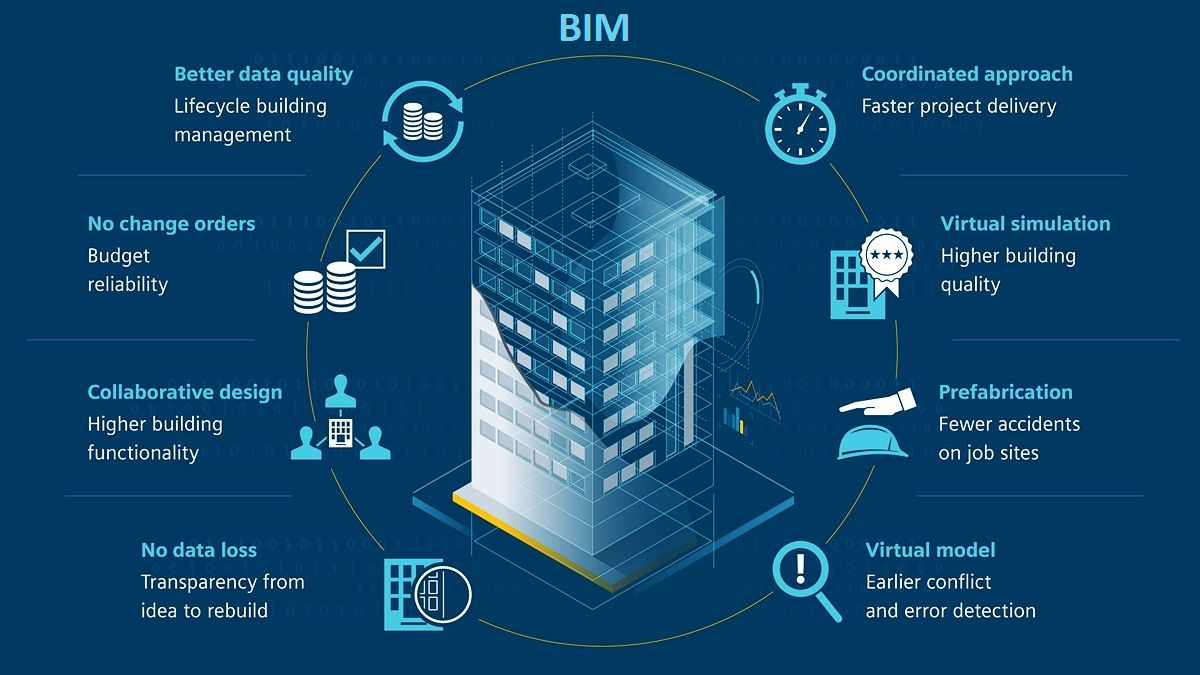BIM a digital platform: an analysis within the Swedish construction sector

Sustainable Building Information Management
Clara Brodin
LinkedIn Länk till annan webbplats, öppnas i nytt fönster.
Mariroos Karam
LinkedIn Länk till annan webbplats, öppnas i nytt fönster.
Even if building information modeling (BIM) contributes to better communication and collaboration amongst the actors in the construction process, problems with information exchange still emerge. The most common perceived cause is the usage of different software products in projects.
The enhanced need for improved information exchange between actors in the construction industry has led to the introduction of BIM. BIM is a digital information management system implemented in the architectural, engineering, and construction (AEC) industry. It is used to create a 3D model with an efficient information exchange during the building lifecycle, such as; improved communication.
In the industry there is no shared open platform, each organization has either developed its own platform or uses a software license. This results in limited information exchange as well as editing/adding data. Actors cannot access the information or data they need although it is produced in the project. It is only available for actors using the software and has improved digital technical management.
Data was collected through literature study and 33 semi-structured interviews with representatives from the industry and academia to analyze if a common digital platform can be a solution to the communication and collaboration problems. In addition: verify if BIM could function as a digital platform for the sector. Companies in the AEC industry cooperate in projects; therefore, this paper focuses on Business-to-Business (B2B) platforms, and platform ecosystems.
To improve the collaboration and communication between actors, a digital ecosystem is needed. The attraction of having a digital ecosystem connecting the actors in the construction business is high, and most of the respondents think it can help evolve the construction business. However, actors saw difficulties in realization/implementation, for it to be possible, the way the industry conduct business must change.


